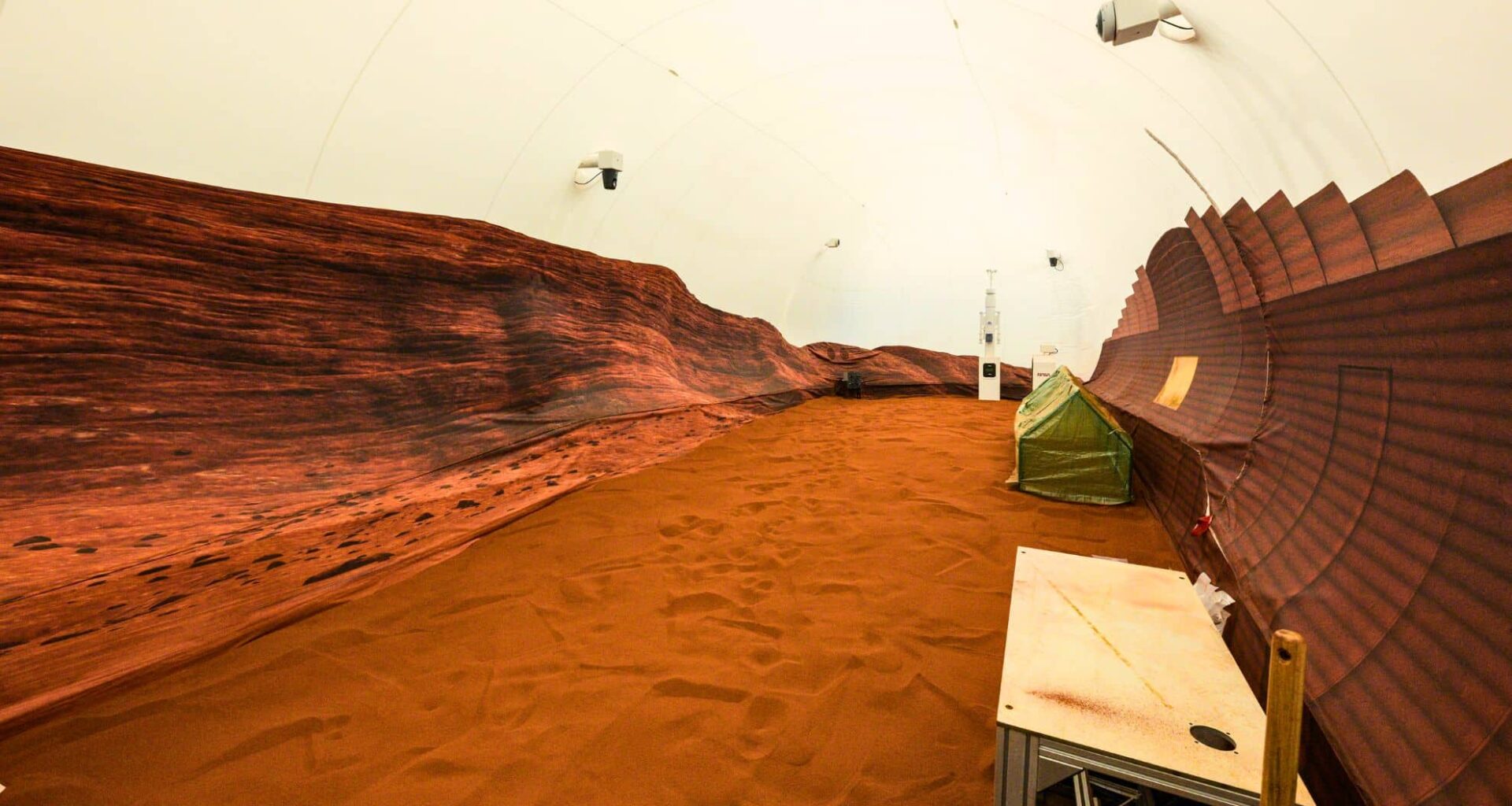In 2023, NASA embarked on an intriguing mission to simulate life on Mars, where four volunteers spent over a year confined to a Martian habitat replica. While the scientific focus was on survival and adaptation to extreme conditions, an unexpected tool helped the crew maintain their mental and cognitive health: video games.
The CHAPEA mission (Crew Health and Performance Exploration Analog) became a unique experiment, offering vital insights into how we might tackle the psychological and practical challenges of long-duration space travel. Here’s how NASA’s latest experiment could change the way we think about space exploration and the role of entertainment in it.
Simulating Life on Mars
The CHAPEA mission was designed to mimic the stressful, confined environment of a Mars mission. Volunteers lived in a 160 m² habitat at NASA’s Johnson Space Center, Houston, for 378 days. This experiment sought to test not just physical survival (limited food, spacewalks, and communication delays), but also the emotional and mental resilience of a crew under extreme isolation.
Why does this matter? Mars, unlike the Moon, is far from Earth. A round-trip journey would take up to two years, with minimal direct communication with Earth (delayed by over 20 minutes each way). For astronauts, the constant separation from family, friends, and daily life could be psychologically taxing. As a result, NASA had to understand how isolation impacts human behavior, decision-making, and teamwork under pressure.
Video Games: A Vital Tool for Mental Health
It wasn’t just the hard science that stood out in this mission—it was the crew’s use of video games, especially strategy games and simulation games, as tools to combat boredom and stress. The isolation and monotony of the simulated Martian environment could easily lead to a decline in morale. To keep spirits up and minds sharp, the crew leaned on games, notably on a PlayStation 4.
As one participant, microbiologist Anca Selariu, explained, these gaming sessions became more than just a way to pass the time. They served as a form of cognitive training, encouraging problem-solving and strategic thinking under limited resources—an exercise that directly mirrors the types of decisions astronauts might have to make during a real Mars mission.

In fact, the games selected were carefully chosen for their emphasis on long-term strategy, planning, and resource management. Think about games like SimCity, Civilization, or Factorio—titles that demand careful thought, patience, and strategic foresight. These qualities are exactly what NASA wants to test: can a person stay mentally sharp and make critical decisions when faced with prolonged isolation and limited resources?
How Gaming Helps Combat the Psychological Challenges of Isolation
The core purpose of the CHAPEA mission was to assess human factors, particularly the psychological strain of long-term space travel. The crew members were cut off from all external interaction except for occasional communication with NASA via a 22-minute delay. For 378 days, they lived in a small, confined space with no natural light, working to sustain themselves and their mental health.
Playing video games helped the crew manage stress and improve decision-making under pressure. More than simple entertainment, these games acted as a way for the participants to unwind, engage in a mental escape, and keep their cognitive skills sharp. With the intense psychological challenges of isolation, having a distraction that also enhances mental faculties can significantly reduce feelings of loneliness, depression, or anxiety—common risks in prolonged space missions.
The games became a balancing act between keeping their minds engaged and maintaining morale. These sessions, while entertaining, were in many ways vital to their mental health, much like any leisure activity that helps someone decompress after a long day. This opens up an interesting avenue for future space missions—could entertainment technologies like gaming consoles become a standard part of astronaut kits for long-duration flights? The answer seems more likely with every passing year.
